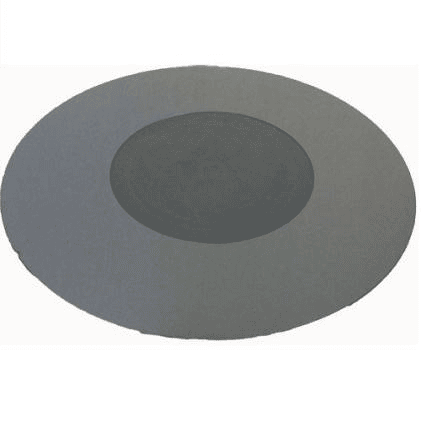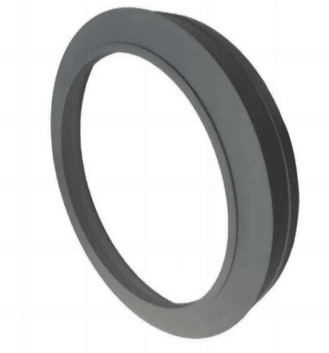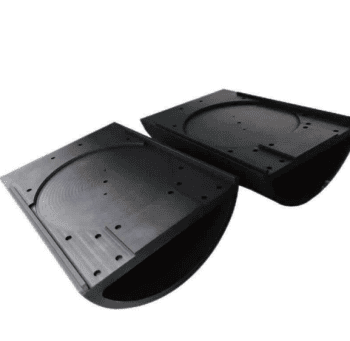
- English
- Español
- Português
- русский
- Français
- 日本語
- Deutsch
- tiếng Việt
- Italiano
- Nederlands
- ภาษาไทย
- Polski
- 한국어
- Svenska
- magyar
- Malay
- বাংলা ভাষার
- Dansk
- Suomi
- हिन्दी
- Pilipino
- Türkçe
- Gaeilge
- العربية
- Indonesia
- Norsk
- تمل
- český
- ελληνικά
- український
- Javanese
- فارسی
- தமிழ்
- తెలుగు
- नेपाली
- Burmese
- български
- ລາວ
- Latine
- Қазақша
- Euskal
- Azərbaycan
- Slovenský jazyk
- Македонски
- Lietuvos
- Eesti Keel
- Română
- Slovenski
- मराठी
- Srpski језик
Why does SiC coating receive so much attention? - VeTek Semiconductor
2024-10-17
In recent years, with the continuous development of the electronics industry, the third-generation semiconductor materials have become a new driving force for the development of the semiconductor industry. As a typical representative of the third-generation semiconductor materials, SiC has been widely used in the semiconductor manufacturing field, especially in thermal field materials, due to its excellent physical and chemical properties.
So, what exactly is SiC coating? And what is CVD SiC coating?
SiC is a covalently bonded compound with high hardness, excellent thermal conductivity, low thermal expansion coefficient, and high corrosion resistance. Its thermal conductivity can reach 120-170 W/m·K, showing excellent thermal conductivity in electronic component heat dissipation. In addition, the thermal expansion coefficient of silicon carbide is only 4.0×10-6/K (in the range of 300–800℃), which enables it to maintain dimensional stability in high temperature environments, greatly reducing deformation or failure caused by thermal stress. Silicon carbide coating refers to a coating made of silicon carbide prepared on the surface of parts by physical or chemical vapor deposition, spraying, etc.
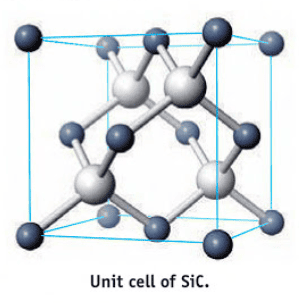
Chemical vapor deposition (CVD) is currently the main technology for preparing SiC coating on substrate surfaces. The main process is that the gas phase reactants undergo a series of physical and chemical reactions on the substrate surface, and finally the CVD SiC coating is deposited on the substrate surface.

Sem Data of CVD SiC Coating
Since silicon carbide coating is so powerful, in which links of semiconductor manufacturing has it played a huge role? The answer is the epitaxy production accessories.
The SIC coating has the key advantage of highly matching the epitaxial growth process in terms of material properties. The following are the important roles and reasons of SIC coating in SIC coating epitaxial susceptor:
1. High thermal conductivity and high temperature resistance
The temperature of the epitaxial growth environment can reach above 1000℃. SiC coating has extremely high thermal conductivity, which can effectively dissipate heat and ensure the temperature uniformity of epitaxial growth.
2. Chemical stability
SiC coating has excellent chemical inertness and can resist corrosion by corrosive gases and chemicals, ensuring that it does not react adversely with reactants during epitaxial growth and maintains the integrity and cleanliness of the material surface.
3. Matching lattice constant
In epitaxial growth, SiC coating can be well matched with a variety of epitaxial materials due to its crystal structure, which can significantly reduce lattice mismatch, thereby reducing crystal defects and improving the quality and performance of the epitaxial layer.
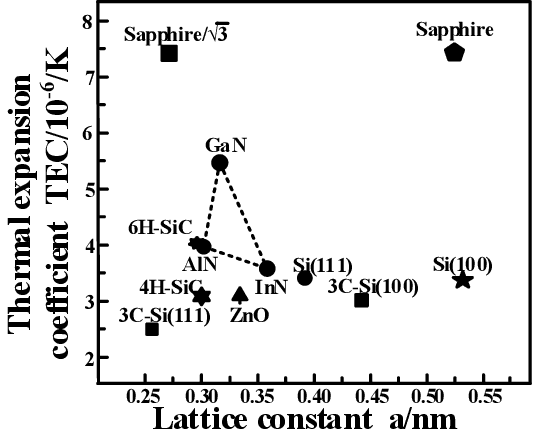
4. Low thermal expansion coefficient
SiC coating has a low thermal expansion coefficient and is relatively close to that of common epitaxial materials. This means that at high temperatures, there will be no severe stress between the base and the SiC coating due to the difference in thermal expansion coefficients, avoiding problems such as material peeling, cracks or deformation.
5. High hardness and wear resistance
SiC coating has extremely high hardness, so coating it on the surface of the epitaxial base can significantly improve its wear resistance and extend its service life, while ensuring that the geometry and surface flatness of the base are not damaged during the epitaxial process.
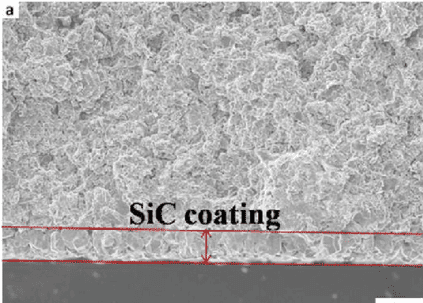
Cross-section and surface image of SiC coating
In addition to being an accessory for epitaxial production, SiC coating also have significant advantages in these areas:
Semiconductor wafer carriers:During semiconductor processing, the handling and processing of wafers requires extremely high cleanliness and precision. SiC coating are often used in wafer carriers, brackets and trays.
Wafer Carrier
Preheating ring:The preheating ring is located on the outer ring of the Si epitaxial substrate tray and is used for calibration and heating. It is placed in the reaction chamber and does not directly contact the wafer.
Preheating Ring
The upper half-moon part is the carrier of other accessories of the reaction chamber of the SiC epitaxy device, which is temperature controlled and installed in the reaction chamber without direct contact with the wafer.The lower half-moon part is connected to a quartz tube that introduces gas to drive the base rotation. It is temperature controlled, installed in the reaction chamber and does not come into direct contact with the wafer.
Upper half-moon part
In addition,there are melting crucible for evaporation in semiconductor industry, High power electronic tube gate, Brush that contacts the voltage regulator, Graphite monochromator for X-ray and neutron, Various shapes of graphite substrates and atomic absorption tube coating, etc., SiC coating are playing an increasingly important role.
Why Choose VeTek Semiconductor?
At VeTek Semiconductor, our manufacturing processes combine precision engineering with advanced materials to produce SiC coating products with superior performance and durability,such as SiC coated Wafer Holder, SiC Coating Epi susceptor, UV LED Epi Susceptor, Silicon Carbide Ceramic Coating and SiC coating ALD susceptor. We are able to meet the specific needs of the semiconductor industry as well as other industries, providing customers with high-quality custom SiC coating.
If you have any inquiries or need additional details, please don't hesitate to get in touch with us.
Mob/WhatsAPP: +86-180 6922 0752
Email: anny@veteksemi.com

